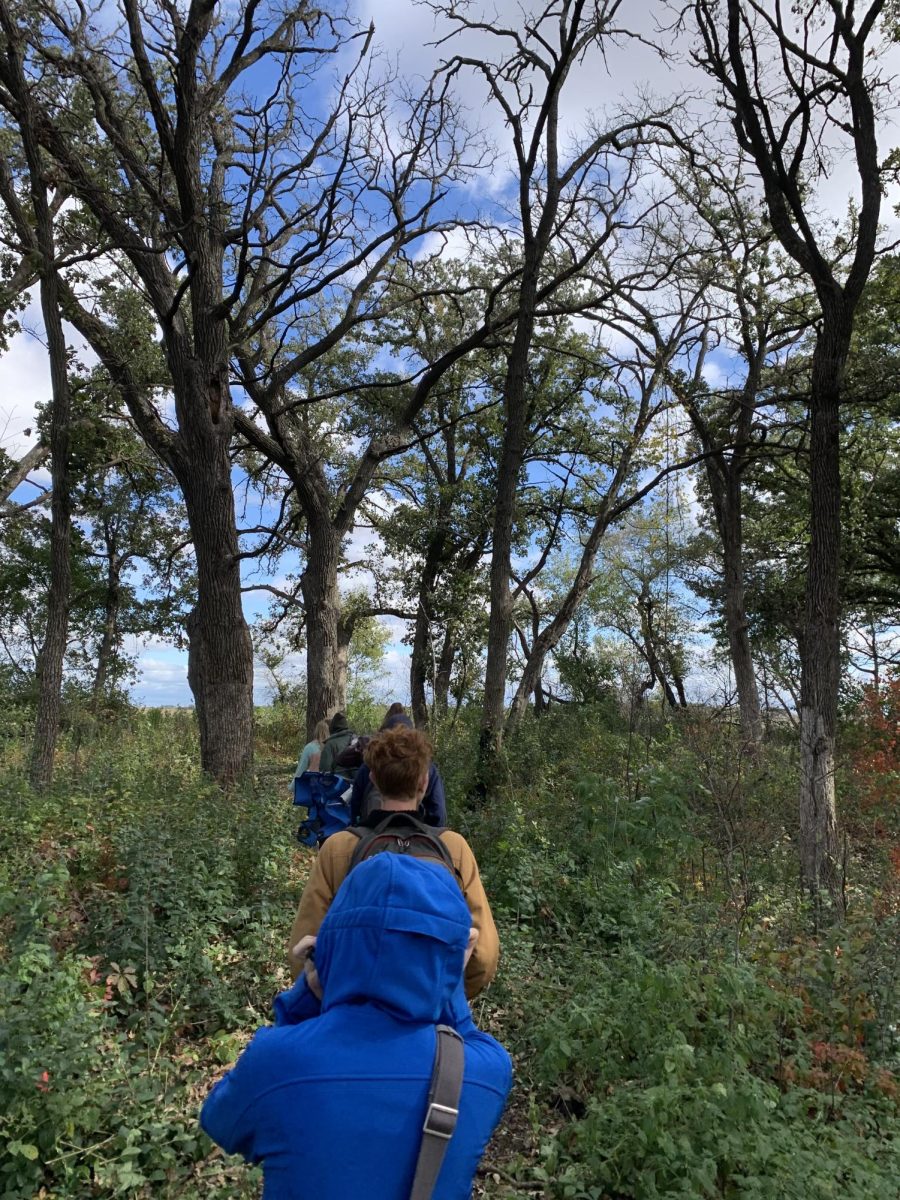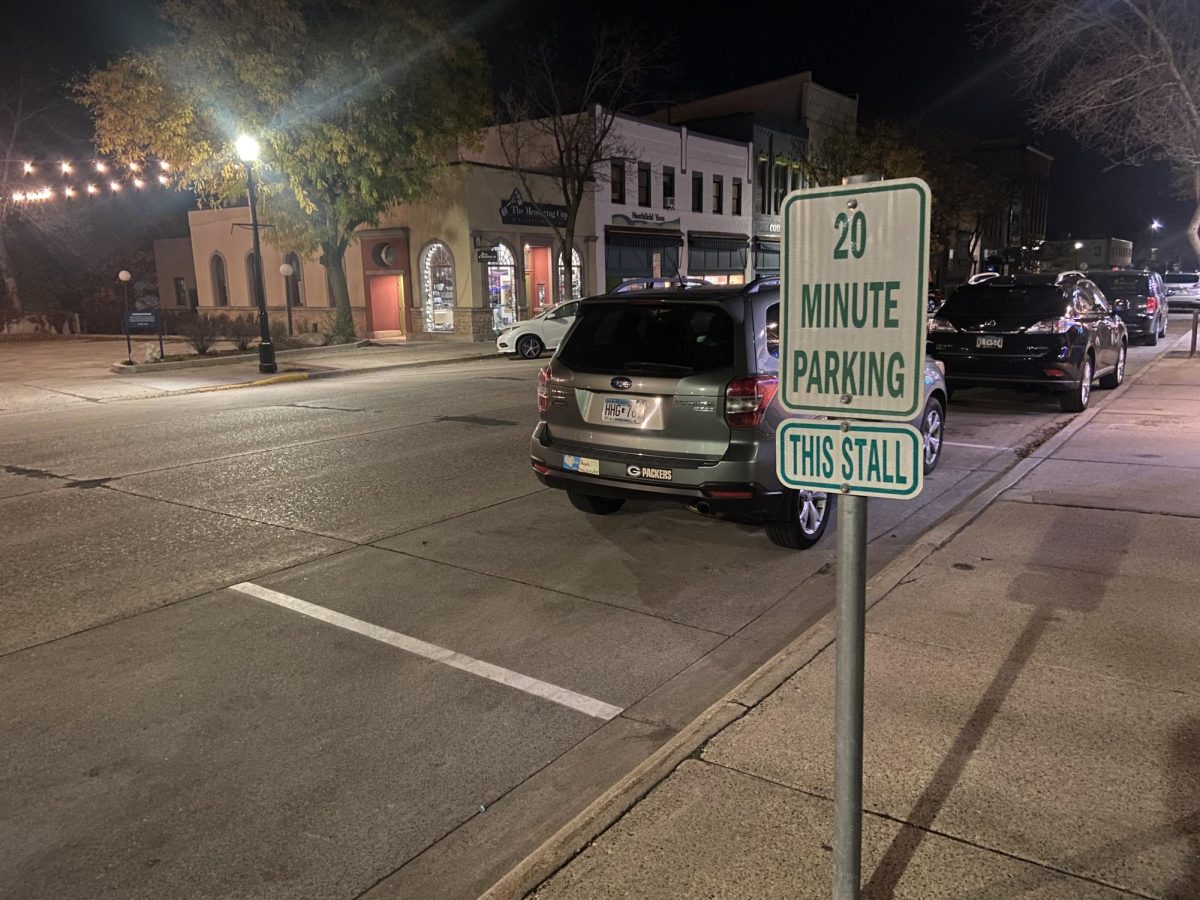On Friday, April 15, President Alison Byerly announced the completion of Carleton College’s Community Plan for Inclusion, Diversity and Equity (IDE). The publication of this plan marks the end of a two-year process authorized in October 2020 by former President Steven Poskanzer, who commissioned an IDE Steering Committee in response to George Floyd’s murder, national support for the Black Lives Matter movement and demands formulated by the Ujamaa Collective. As the IDE website explains, the Steering Committee’s focus was to create a strategic 10-year plan that “would move the college forward in an intentional and measurable way in its efforts to provide a learning, living, and working environment where everyone in our community belongs and thrives” all through the lens of “Black experiences.”
The plan was formulated using information collected through research, surveys and focus groups containing faculty, staff, students and alumni in the spring of 2021. An online feedback form was also made available to campus community members not directly involved in the process. Following public presentations of the data in the summer of 2021, the IDE Steering Committee developed general goals for the plan. Five working groups were then created to develop strategies to meet those goals. The strategies developed by the working groups were compiled into a draft plan and shared in early February 2022 through town hall meetings with various stakeholder groups. After this feedback, a final plan was created and approved by the Board of Trustees on April 1, 2022.
The final plan, which can be accessed through the IDE website, consists of 49 pages and is organized around five major goals: Capacity, Representation, Resources, Engagement, and Measurable Improvement. Under each of these broader goals, the plan details specific objectives and proposes strategies to reach those targets. Some of the major recommendations that are currently being worked on are the appointment of a Chief Diversity Officer, the creation of a Black community center and the expansion of the Africana studies program.
Though the completion of the plan solidifies how Carleton will approach the topics of diversity and equity on campus, many students are unhappy with the approach outlined in the IDE Plan.
A primary concern among students is that the plan lacked concrete actionable steps and a clear timeline. Carleton Student Association (CSA) Class Representative for the Class of 2024 Shaheer Jaffar ’24 explains, “I was disappointed when I got to see the first draft of the plan. I was hoping it would address more concretely the issues that marginalized groups on this campus face. What we got was a plan that was hard to comprehend and did not meet even the bare minimum.”
Stephanie Lee ’24 shared a similar sentiment, stating: “My general reaction to the plan is that it is not sufficient in addressing student concerns.”
The IDE Plan describes that its creation included a “special focus on Black experiences” and further explains that “Black experiences at Carleton are not monolithic for any student, staff, faculty, or alum, and are emblematic of the experiences of other historically marginalized groups on our campus. The aspiration, therefore, was to use the lens of Black experiences to create a plan that addressed the needs of all community members.”
However, despite having focused on the Black experience, many students felt that the plan did not effectively address the concerns raised by the Ujamaa Collective.
“I just don’t see the plan incorporating the demands of the Ujamaa Collective in any way,” Jaffar said. “The plan essentially ignores other marginalized identities at Carleton and doesn’t even fulfill the demands of the Ujamaa Collective. And as has been pointed out by my peers in CSA, minority groups have very different experiences and cannot apply Black experience (which the plan fails to fulfill anyways) to every POC group.”
Lee echoed a similar sentiment, stating: “Not only is it too vague and not actionable, but it ‘focuses on the Black student experience’ while claiming to be an ‘inclusive’ plan. This neglects all the other minority groups that have specific, unique and non-generic needs and demands which are not encapsulated within the strategies of this plan.”
The plan specifically names Black, Latinx, and Indigenous communities as the focus of various objectives. The plan explains this choice, stating, “Given the ever-changing landscape of IDE work, research, and issues, we have tried to articulate our goals, objectives, and strategies in plain, broadly understood language. For this reason, while in some places we do name specific identity groups, we have utilized in most places the term “historically underrepresented” as a descriptor.”
However, some students felt as though other underrepresented groups were not being meaningfully represented. Jaffar raised concerns about international students in particular.
“Essentially, where and how do international students fit in? We all know about the recent split of OIIL (Office of Intercultural and International Life) into ISL (International Student Life) and OIL (Office of Intercultural Life), but ISL after the division was given an office in the Student Activities Office. This just goes on to show how Carleton has treated international students as second-class citizens at this school.”
Lee also expressed disappointment, saying “Intersectionality and other minority groups need to be addressed (i.e., international students).”
CSA Treasurer Quinn Buhman ’24 suggests that the lack of consensus between students and the IDE Steering Committee is due to a lack of clear communication.
“From my discussions with students, many did not understand the entire IDE process, making it difficult to know how to contribute meaningfully,” said Buhman. “It seems by the time students truly understood the project and began offering substantial feedback, the time to implement those changes had passed. In this way, I would say there are a number of student concerns that are not adequately addressed in the plan.”
Though the IDE Plan is now finalized and currently being employed by the college, students are still calling for changes. Lee explains, “More student input is needed; specifically, consultation with student cultural groups and faculty and staff. A coalition of students will be preparing a comprehensive list of demands as an IDE response to the plan.”














